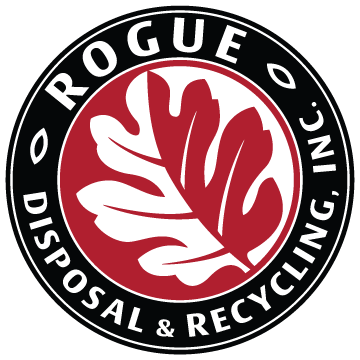Wasted food equals wasted money

Here’s some food for thought: Every year, an estimated 25 to 40 percent of all food produced or imported for consumption in the United States is never eaten. That’s as much as 63 million tons of wasted food. Of that amount, 40% is estimated to come from restaurants, grocery stores and commercial food service providers. And all that wasted food means wasted money — by some estimates as much as $57 billion annually for U.S. businesses.
Hungry for solutions?
The good news is that reducing waste isn’t hard and really pays off. Studies show that nearly all businesses that try to reduce their wasted food through wasted food measurement, employee training and waste prevention practices experienced a positive return on investment. Over half of the businesses studied had a return on investment of more than 1,400% — a $14 return for every dollar invested. Through Oregon’s innovative Wasted Food Wasted Money program, there are four steps to saving money.
- Figure out where you are wasting food and how much that waste is costing you. Is it coming from spoilage, preparation or plate waste? Visit the Wasted Food Wasted Money website for a food measurement tool kit.
- Once you know where your waste is coming from, find the strategies that are right for you. The free Wasted Food Wasted Money Resource Guide provides simple, step-by-step instructions. The guide contains information for restaurants, grocery stores and commercial food providers, so you’ll get the information specific to your business.
- Engage your staff to identify and make small shifts in how you do business. Changes in areas such as purchasing, storage, food preparation, training, inventory management and merchandising practices can save money and cut food waste.
- Document your progress by tracking purchasing and waste so you can see how much you saved. You’ll be pleasantly surprised!

Businesses that reduce wasted food save money. Intel Cafes tracked their food waste for one year and discovered their biggest waste sources were trim waste and overproduction. By making small changes to fix these problems, they reduced their per-meal cost by more than 13%. In an industry where food costs average 28 to 35 percent of revenue, these savings are a substantial boost to profitability.
Share This
